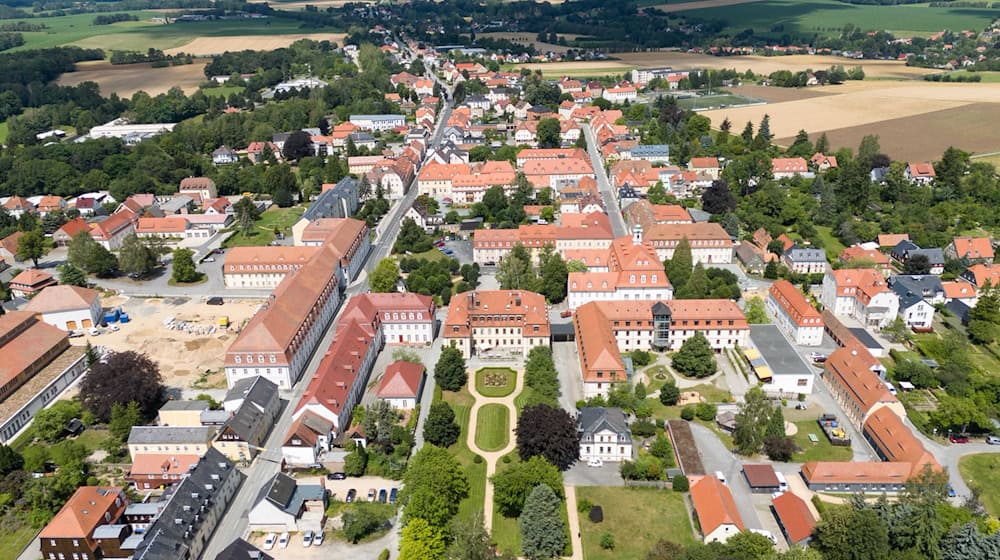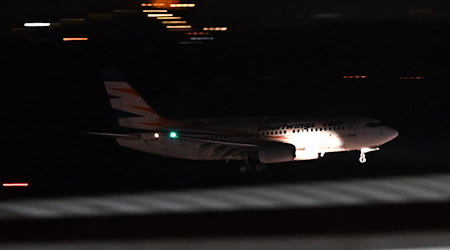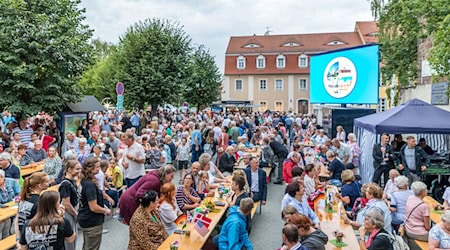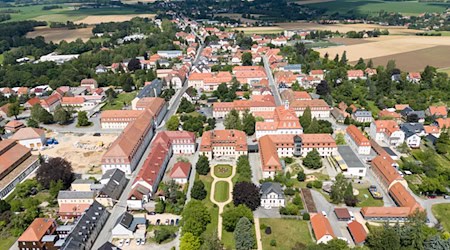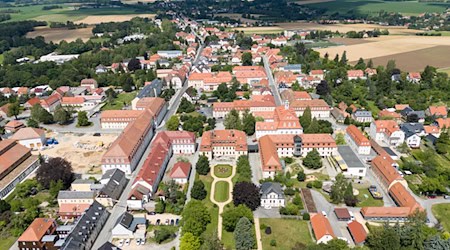Unesco has designated the small town of Herrnhut in Saxony as part of the settlements of the Moravian Church as a new World Heritage Site. The responsible committee of the UN Educational, Scientific, Cultural and Communication Organization (Unesco) announced the decision on Friday at its 46th session in New Delhi, India.
Herrnhut is the origin of the Evangelical Moravian Church. Religious refugees from Moravia founded the town in 1722. The missing "d" in the name of the congregation "Brüdergemeine" is due to the language of the time, when people still spoke of Gemeine.
As the Unity of Brethren later spread around the world, missionaries from Upper Lusatia also carried the blueprint for new settlements to other countries. One of these, Christiansfeld in Denmark, was recognized as a UNESCO World Heritage Site in 2015.
Herrnhut itself has now been added to the list via a transnational extension application. The town in eastern Saxony sought recognition together with Bethlehem in Pennsylvania in the USA and Gracehill in Northern Ireland.
Count Nikolaus Ludwig von Zinzendorf (1700-1760) had once given land to Protestant religious refugees from Moravia to settle in Upper Lusatia. Exactly on June 17, 1722, the carpenter Christian David felled the first tree to build the new place under the "Lord's hat".
There are more than 50 World Heritage Sites in Germany. And a decision on a purely German application is expected on Saturday: Schwerin and its castle on an island in the lake as well as other parts of the city center could then also end up on the World Heritage List. The state capital of Mecklenburg-Western Pomerania has been on Germany's nomination list for ten years.
Copyright 2024, dpa (www.dpa.de). All rights reserved

